Optimal Timing for Pea Gravel Spreadings
Pea gravel spreadings are most effectively performed during specific times of the year to ensure optimal results. Proper timing can influence the durability, appearance, and stability of the gravel surface, making it an important consideration for planning.
Late spring and early fall are ideal for pea gravel spreadings due to moderate temperatures and stable ground conditions.
Dry weather with low chances of rain is preferable to prevent displacement and uneven settling of gravel.
Preparing the site during periods of stable weather ensures better compaction and longevity of the gravel surface.
Spreading during extreme heat or cold can affect gravel compaction and adhesion, reducing durability.
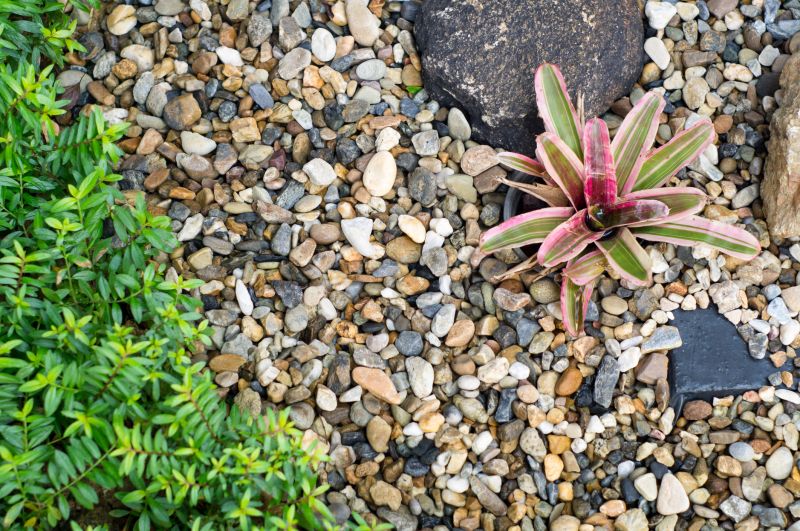
Spring offers moderate temperatures and lower precipitation, ideal for spreading pea gravel.
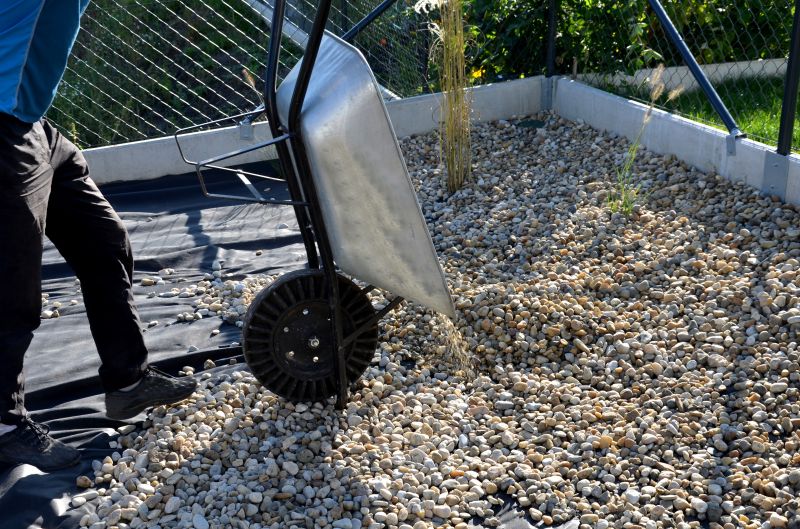
Early fall provides stable ground and favorable weather conditions for gravel application.
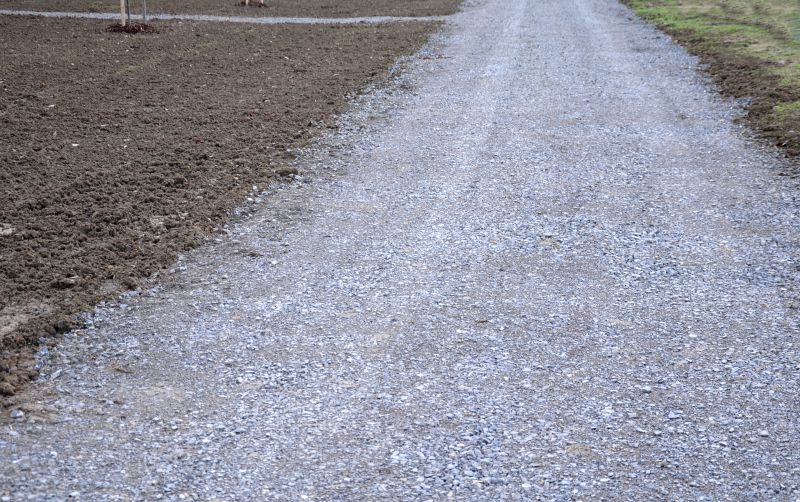
Dry days with mild temperatures help ensure proper compaction and adhesion.
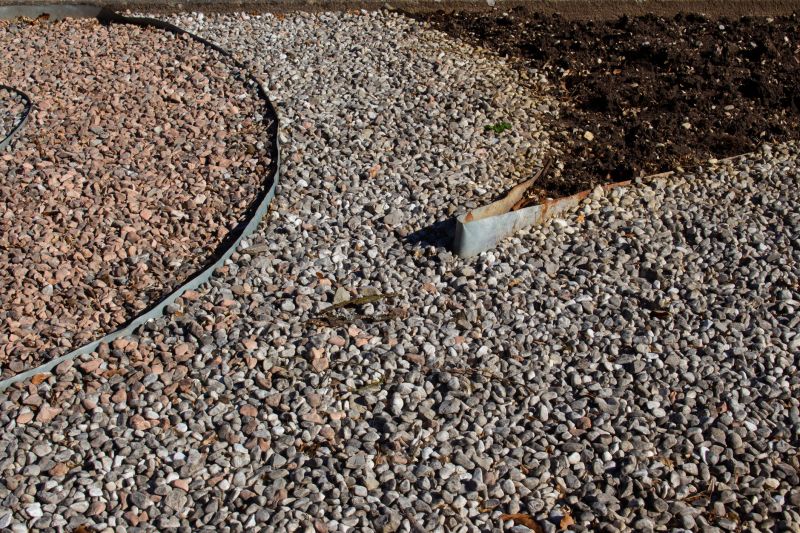
Ways to make Pea Gravel Spreadings work in tight or awkward layouts.
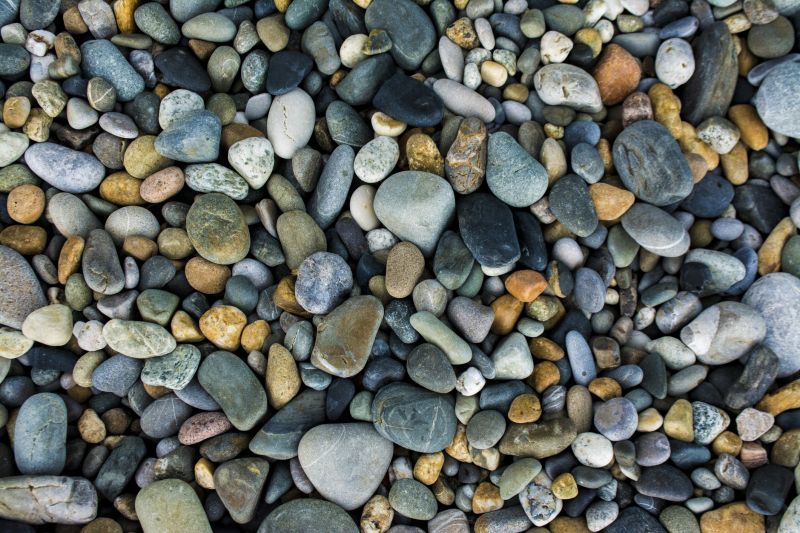
Popular materials for Pea Gravel Spreadings and why they hold up over time.
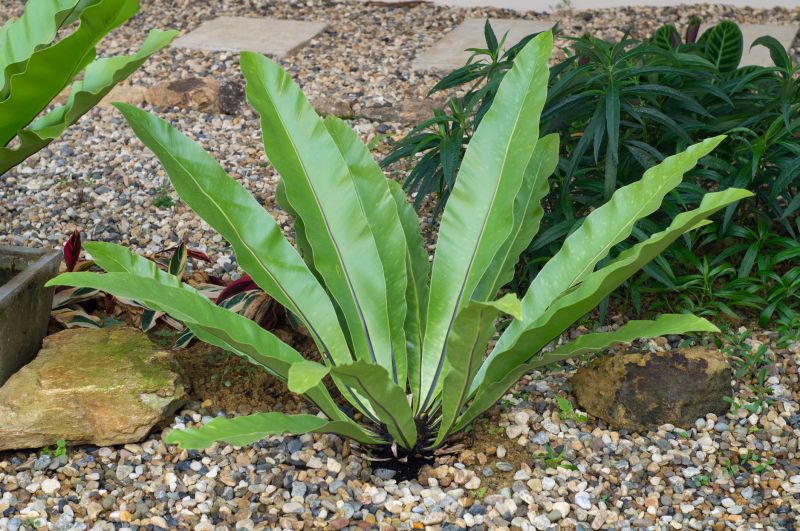
Simple add-ons that improve Pea Gravel Spreadings without blowing the budget.
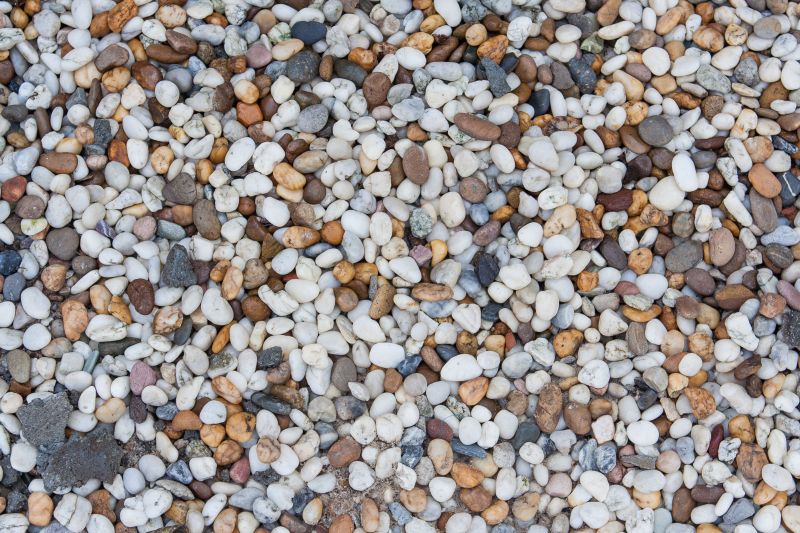
High-end options that actually feel worth it for Pea Gravel Spreadings.
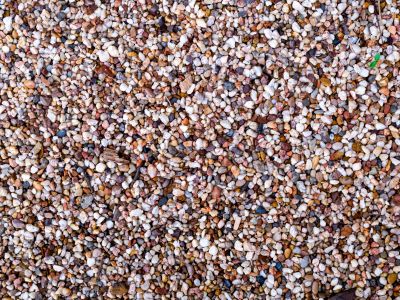
Finishes and colors that play nicely with Pea Gravel Spreadings.
| Best Time to Spread | Key Considerations |
|---|---|
| Late Spring | Moderate temperatures and low rainfall |
| Early Fall | Stable ground and cooler weather |
| Dry Weather Days | Prevents displacement and ensures compaction |
| Avoid Extreme Heat | Reduces risk of gravel shifting |
| Avoid Freezing Temperatures | Prevents frost heave and uneven settling |
| Moderate Soil Moisture | Provides a firm foundation |
| Post-Rain Recovery | Allow soil to dry before spreading |
| Pre-Season Planning | Prepare during suitable weather windows |
Pea gravel spreadings are a popular choice for pathways, driveways, and landscaping projects due to their aesthetic appeal and ease of installation. Timing the application during optimal weather conditions ensures the gravel settles properly, maintains its appearance, and provides a durable surface. Proper preparation, including site leveling and soil stabilization, enhances the longevity of the gravel surface. Regular maintenance and re-spreading may be necessary over time to address displacement and compaction issues.
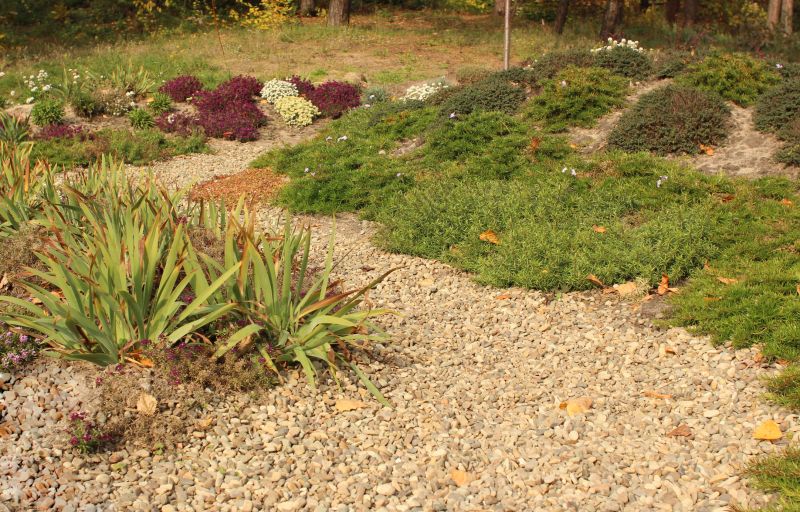
A well-timed spreading results in a smooth, stable pathway.
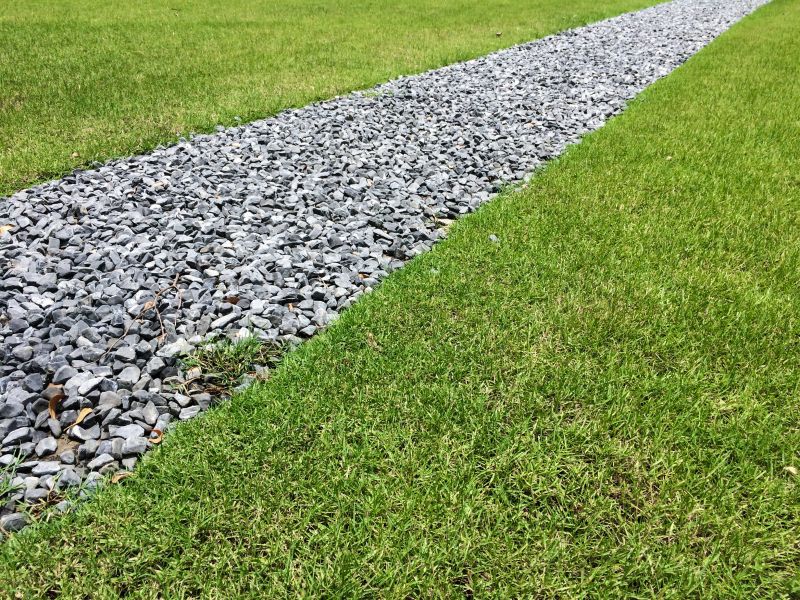
Proper timing ensures durability and aesthetic appeal.
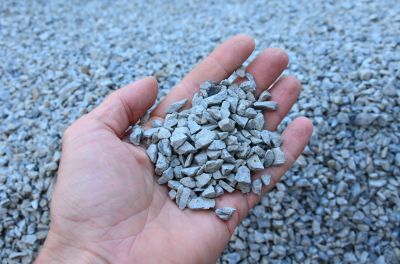
Timing during dry conditions promotes solid foundation.
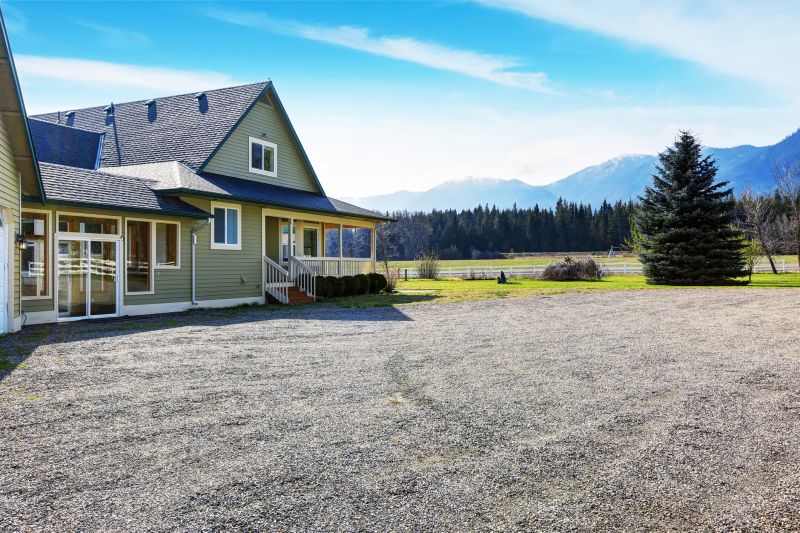
Optimal timing contributes to a long-lasting installation.

Little measurements that prevent headaches on Pea Gravel Spreadings day.
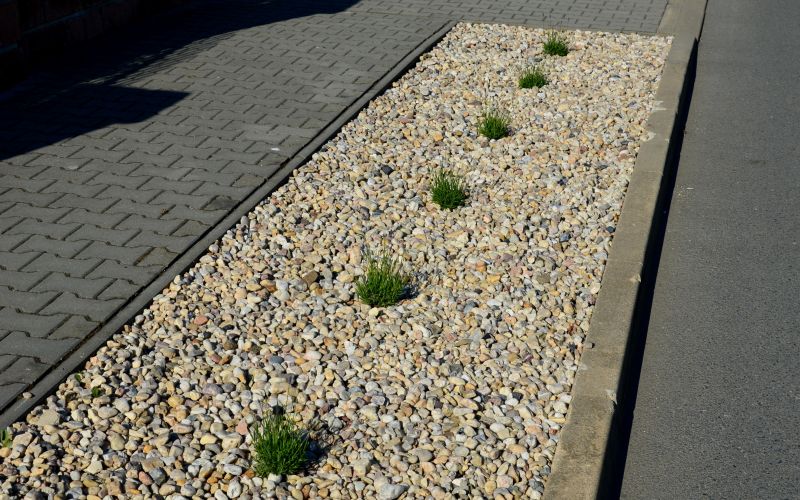
A 60-second routine that keeps Pea Gravel Spreadings looking new.

A frequent mistake in Pea Gravel Spreadings and how to dodge it.

Small tweaks to make Pea Gravel Spreadings safer and easier to use.
Interested in scheduling pea gravel spreadings? Filling out the contact form can provide more information and help plan the project during the most suitable time for optimal results.
